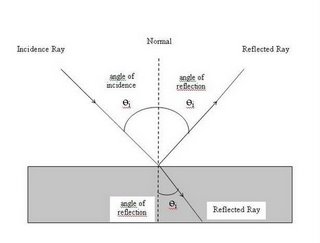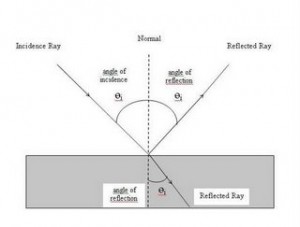
A very close look at the optical properties of skin shows that emollients can actually be a double edged sword.As light passes from one medium to another of different refractive indices, part of it gets reflected. The amount of light reflected depends on the difference of refractive index between the media.

In psoriasis the air between the scales creates multiple refractive surfaces leading to loss of UV during phototherapy. Hence if we can use an emollient with a refractive index similar to skin it can actually increase the penetration of UV.
This is not just a theoretical concept. Studies have shown that there are emollients with Monochromatic Protection Factor (MPF) in the 313-315 range (Narrow Band UVB) of less than 1, which means that penetration is more than uncovered skin!
Hence emollient manufacturers should think about introducing products tailor made for psoriasis patients on phototherapy.
If anybody want to explore this concept further or need help with MPD determination do contact me.
Related articles
- Digital ultraviolet therapy: a novel therapeutic approach for the targeted treatment of psoriasis vulgaris (medworm.com)
- How Psoriasis Costs Us Billions (articles.mercola.com)
- Assessing frequency and quality of US dermatologist sunscreen recommendations to their patients (jaad.org)
- Machine learning-based BOTOX API - April 11, 2023
- Skinmesh: Machine learning for facial analysis - November 10, 2020
- Free Dermatology EMR for Machine Learning and Artificial Intelligence - January 2, 2020
Leave a Reply